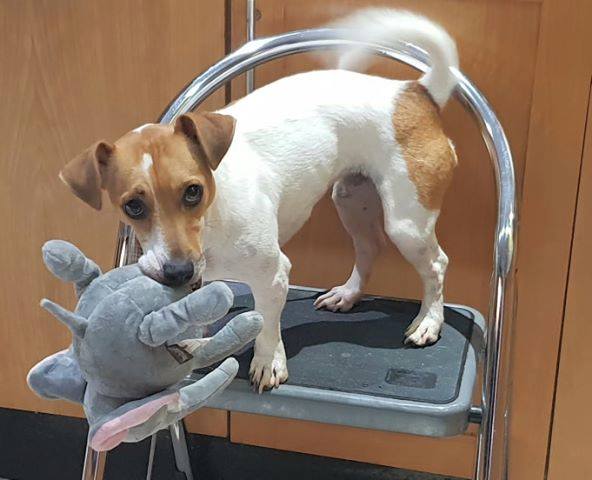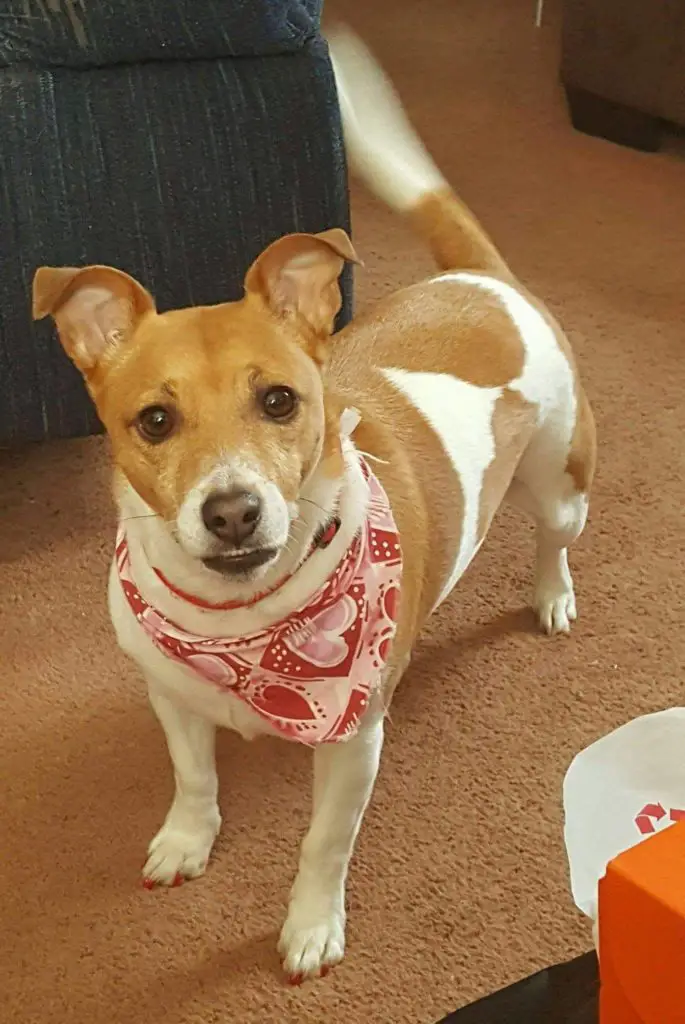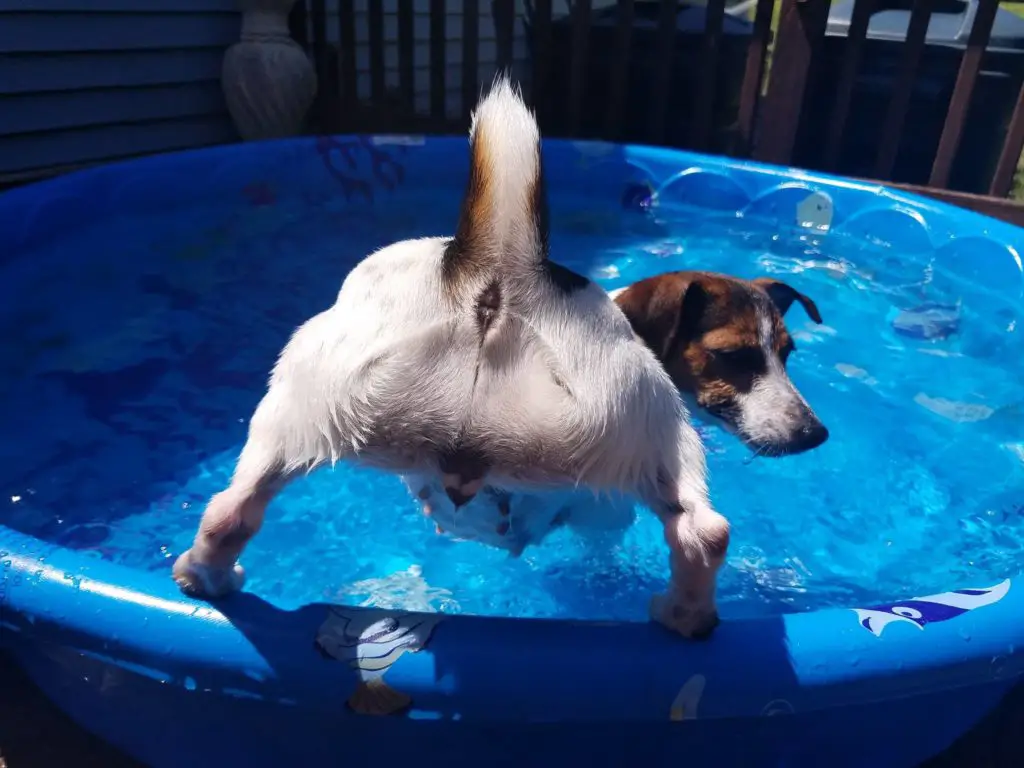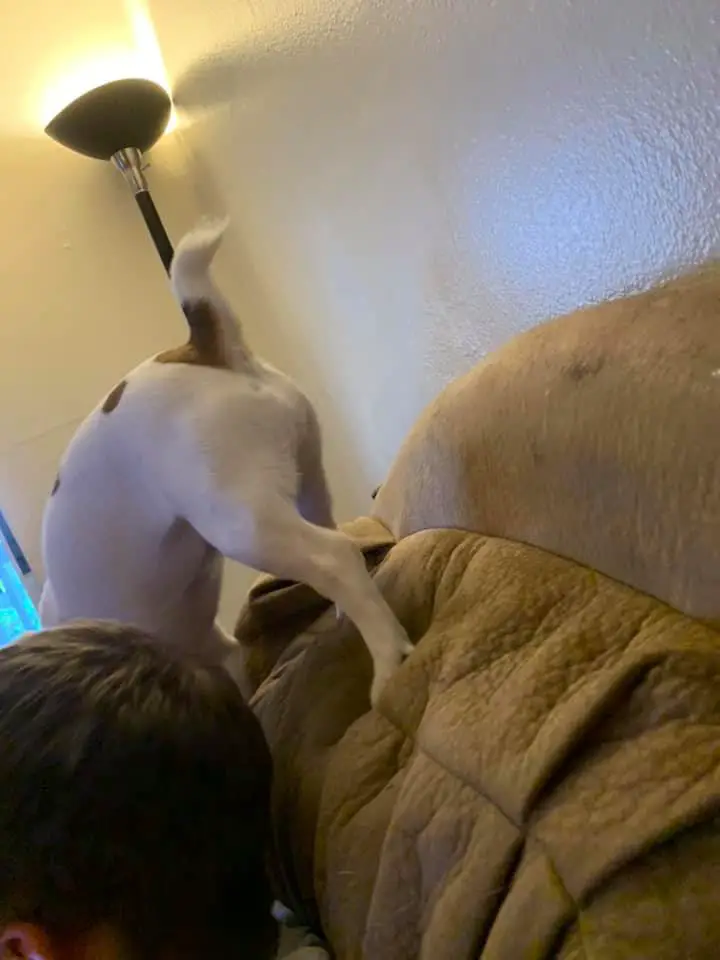Table of Contents
*This post may contain affiliate links. As an Amazon Associate we earn from qualifying purchases.
When it comes to animal communication, there are plenty of shaggy dog stories, and plenty of tall tales as well. But what about those tales — or tails? Can you tell a happy wag from a nervous one? What’s the tail made of? And what else can it do?
You might be surprised. To see the most popular gadgets for your dog just click here.
It’s an Extension of Your Dog’s Spine

Ok, you probably already knew that. But did you know how many vertebrae are in the tail? If your dog’s tail isn’t docked, there may be as many as six or as many as twenty-three! The vertebrae are surrounded by a sheath of muscles, and these muscles allow it to move back and forth, up and down, and around like a helicopter.
It’s a Multi-Function Communication Device
We all know that the tail is one of a dog’s main ways to communicate with other dogs, and with us. A wagging tail is most often interpreted as a sign of excitement or happiness. But did you know that there are different kinds of wags? That’s right. Here are some of the different ways your dog may use its tail, and what they mean.
Wagging orientation
If your dog is wagging its tail more on the right side of the body, then it’s looking at something or someone it wants to approach. But if it’s wagging more to the left, then your dog is looking at something or someone it would rather avoid.

And that helicopter wag? It means Awesome. You’re here. Now throw the ball.
Wagging speed
Wagging speed also carries information about your dog’s mood. A slow, wide swishing wag is a friendly wag. But if your dog is holding his or her tail up high and wagging quickly, it may mean that they’re feeling threatened.
Tail tucking
When a dog tucks its tail between

Tail Talking Is Social
Did you know that dogs don’t wag their tails when they’re alone? Nope! Tail-wagging is a social behavior, and when they’re alone, there’s no need.
Pups aren’t born knowing how to talk with their tails. They start to wag at around one and a half months old, and practice on their mothers and littermates!
The Tail Helps Your Dog to Balance
In addition to helping a dog to communicate, the tail also helps a dog to keep its balance while that dog is moving. Also, when a dog is swimming, it will use its tail to steer, just like the rudder of a boat!
It’s An Aroma Diffuser

Your dog uses their tail to spread his or her scent. The anal glands produce a dog’s unique scent — like a signature perfume that tells all the other dogs who your dog is. This is why dogs sniff each other’s backsides in order to get acquainted. A wagging tail spreads this scent around, as if to announce to the world that your dog has arrived.
The Incredible, Versatile Canine Tail
It’s a steering wheel, a balance pole, a communication device, and more. Your dog’s tail — it’s not just for decoration!
Featured Image CC 3.0 by Paul 863 via Wikimedia Commons

